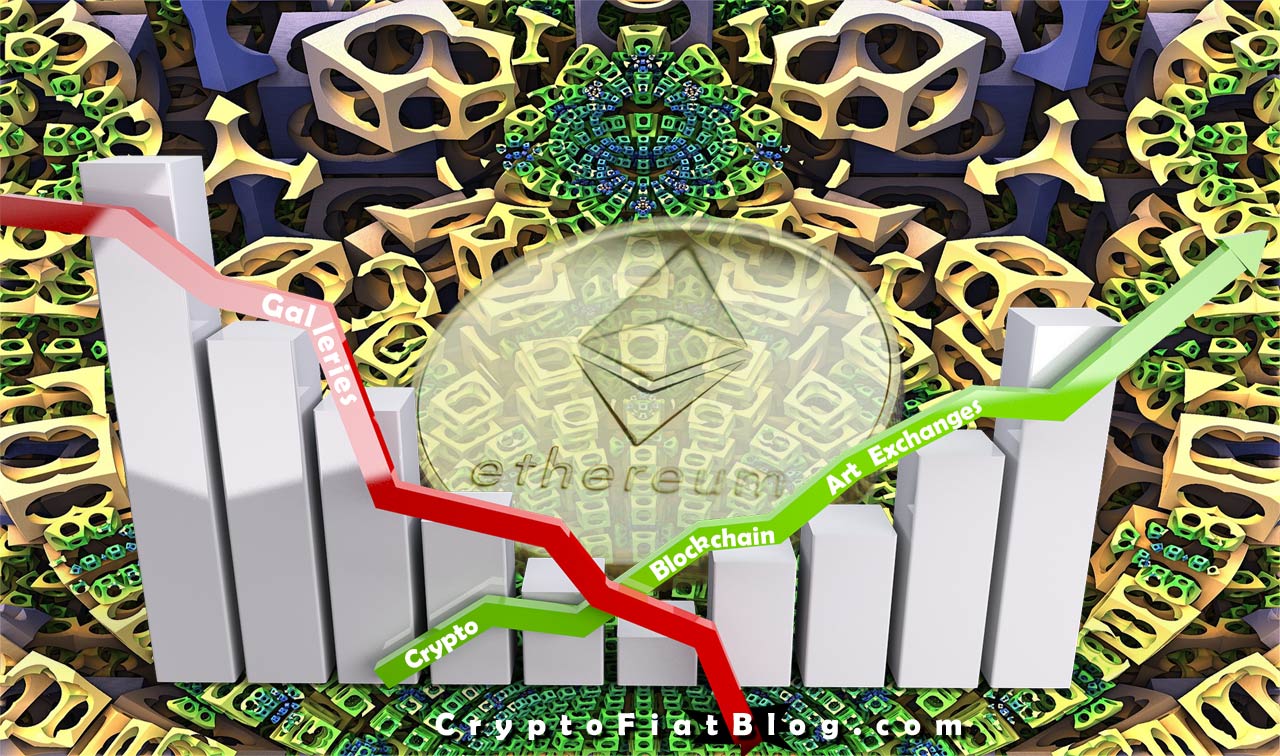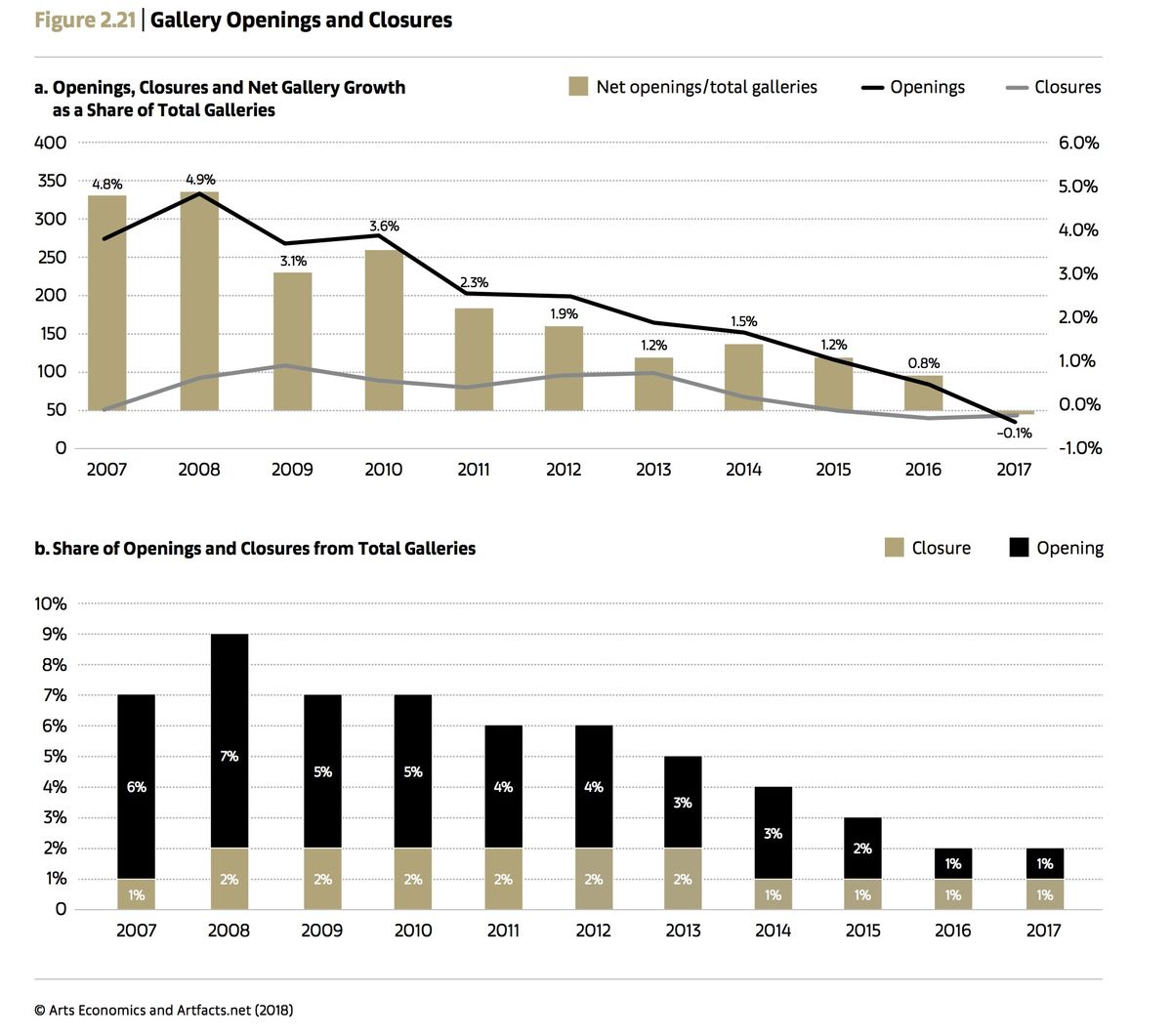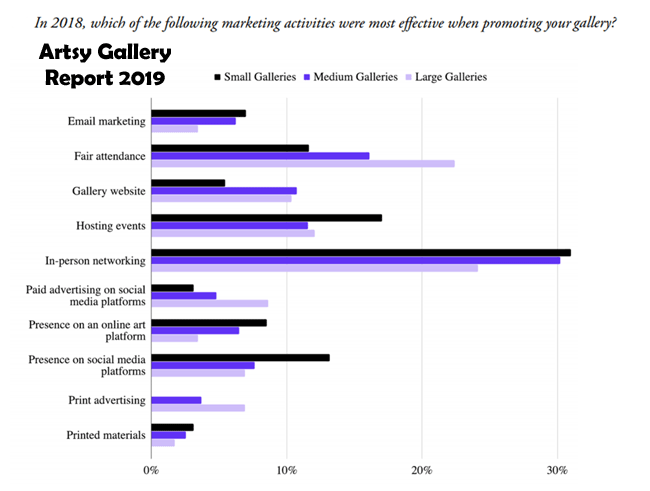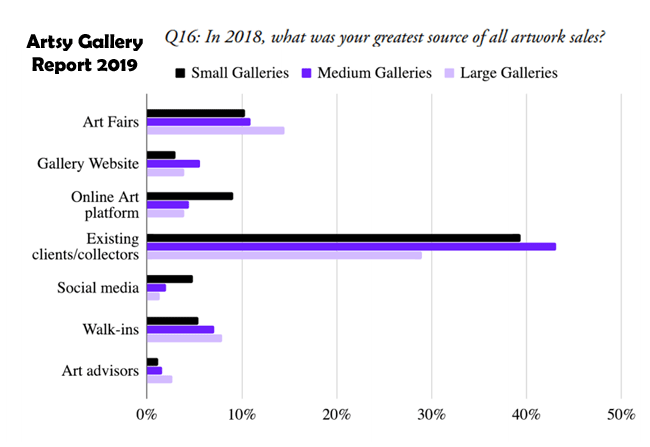
Written by Maurice Cardinal
Art represents new economic opportunities for everyone, but mostly for Millennials.
Cryptoblock art exchanges are continuously developing processes to perfectly serve financially-comfortable mid-age art collectors who want a fair and responsible way to diversify and grow their new-found wealth. Exchanges also appeal to the young art lover next door who buys on a budget, and only intermittently. For both groups, what they buy hits all the crypto markers, but most of all, they buy what they like.
Cryptoblock art is also a boon for galleries, especially small galleries!
Adults of any age can buy or sell cryptoblock digital art, but the reality is that Millennials understand technology best, which puts them half-way there before they even start. Cryptoblock art is one of the few places where Millennials have a real advantage over Boomers.
Millennials, Gen-Xs, and Boomers are quietly grazing contemporary art in large numbers, and for a variety of reasons. One being that cryptoblock art delivers a stimulating and original visceral experience that can be trusted to be real–NO FAKES ALLOWED! Unless of course if it’s “MOCK-FAKE”, which today is somewhat of a trend that makes art even more confusing – don’t you love it when you can’t figure out if the artist is toying with you or being serious?
Authentic art tells stories that resonate deeply with Millennials, a group that identifies as being responsible citizens and stewards of our planet. Millennials are building a world based on social value, consequently, they want a trustworthy way to invest their money in art–a process that aligns with their sense of fairness and value. Cryptoblock digital art delivers the perfect balance.
Artsy, a leading art marketing network, *surveyed seven hundred art galleries in 2018. They report a number of surprising stats, starting with . . . “a strong digital strategy is becoming more important than ever for galleries to make sales and carry out effective marketing campaigns.”
Their report also claims that in 2018, 88% of medium sized art galleries, which control a whopping 65% of the market, offered art for sale ONLINE, and 92% of small galleries, which control 24% of the market, did the same. As you might expect, over *95% of large galleries also sell art online – which means that all sizes of galleries and independent artists regularly use online art platforms, social media, and websites.
What works for small galleries now also works for artists! If you’re an artist, when you see “small gallery” stats, it likely applies in some way to you too.
Interestingly, *55% of galleries that didn’t offer online sales in 2018 reported that they would develop an online art strategy in 2019.

Many artists, and small galleries especially, still use Facebook as their “main” online presence, which they mistakenly feel is an effective platform, but today, if it’s your primary online presence it brands you as an amateur. Many small gallery owners also mistakenly feel a web presence will cannibalize their already shaky sales, but the reality, as you will see throughout this article is that it has the exact opposite effect. The fact is, galleries and artists can’t survive without a strong web presence no more than a musician could survive without being on SoundCloud, YouTube, iTunes, or the dozens of other online options. At the very least you need a strong website and Instagram account, and if you want to reach art and culture reporters, you also need Twitter.
The challenge for galleries and artists today is that we are all in a difficult transition phase, but the longer you take to become involved the further behind the curve you fall. Art in general is at a critical place right now where the have/have-not gaps are starting to expand exponentially.
Catching up is way harder and more expensive than keeping up.
Although digital art sales are growing rapidly, walk-in and existing clients still make up the bulk of the sales base for all art galleries, but it is changing.
 According to the Artsy survey, a massive 30% of galleries report that online platforms generate their greatest sales levels, while 82% identified digital sales as one of their three most successful 2018 marketing strategies, only behind walk-ins and repeat sales.
According to the Artsy survey, a massive 30% of galleries report that online platforms generate their greatest sales levels, while 82% identified digital sales as one of their three most successful 2018 marketing strategies, only behind walk-ins and repeat sales.
Even though *80% of galleries reported that online art sales are critical for today’s success, almost *60% report that their digital sales strategies are still poorly defined.
Online art marketing is no longer a fad–it’s now a trend
with easily definable and measurable benchmarks.
A director of a U.S. art gallery recently stated; “It is amazing how quickly online sales have become such an important aspect to selling art, versus relying on foot traffic at the gallery.”
When most galleries allocate *$3-10K for digital projects, they generate a return of up to $20K in online sales. Galleries that invest over $10K realize over $50K in online sales.
Galleries with projected revenues of *$250 million+ reported a robust ROI from digital marketing, and that they will continue to invest in this manner.
A U.K. based art dealer reported, “In the 18 years we’ve been on the internet, we’ve seen massive fundamental changes to the way it works and the increased confidence in buyers to purchase without consultation.”
Most galleries–*82%, reported that online art sales will be critical to their 2019 success. *100% of the 700 galleries surveyed said they would invest in a “substantial form” of online marketing in 2019. Galleries indicated that a *“Presence on social media” and “in-person networking” were the two most-effective strategies – with 15% of galleries selecting both.
Galleries indicated that a *“Presence on social media” and “in-person networking” were the two most-effective strategies – with 15% of galleries selecting both.
Medium-sized galleries rated selling art online as *“very important” to their success in 2019, and that their websites were the most important marketing tool. For reference, small high end galleries like Art Couture, are run by a single full-time employee, while medium-sized galleries like White Rock , which make up *65% of the market, employ 2–6 full-time employees .”
Small galleries can quickly move onto the global art circuit by simply leveraging technology. The internet was the first really big modern disruptive device, and cryptoblock takes it up a notch!
Continue to Part 2 of this 2 part series . . .
::::::::::::::::::::::::::::::::
 Author Maurice Cardinal is an advisor at International Artist Day, and a Blockchain Development Advisor and a Crypto Content Specialist. Maurice has helped develop successful blockchain strategies and ICO campaigns for the news, gaming, healthcare, and cloud computing industries, and has researched, written, and advised about blockchain and cryptocurrency strategies for several years. Maurice is also the author of Leverage Olympic Momentum an early adopter business bible about disruptive marketing and growth hacking. He is also the Editor of CryptoFiatBlog.com
Author Maurice Cardinal is an advisor at International Artist Day, and a Blockchain Development Advisor and a Crypto Content Specialist. Maurice has helped develop successful blockchain strategies and ICO campaigns for the news, gaming, healthcare, and cloud computing industries, and has researched, written, and advised about blockchain and cryptocurrency strategies for several years. Maurice is also the author of Leverage Olympic Momentum an early adopter business bible about disruptive marketing and growth hacking. He is also the Editor of CryptoFiatBlog.com

1 thought on “Cryptoblock Art – A New Investment Frontier”
Comments are closed.